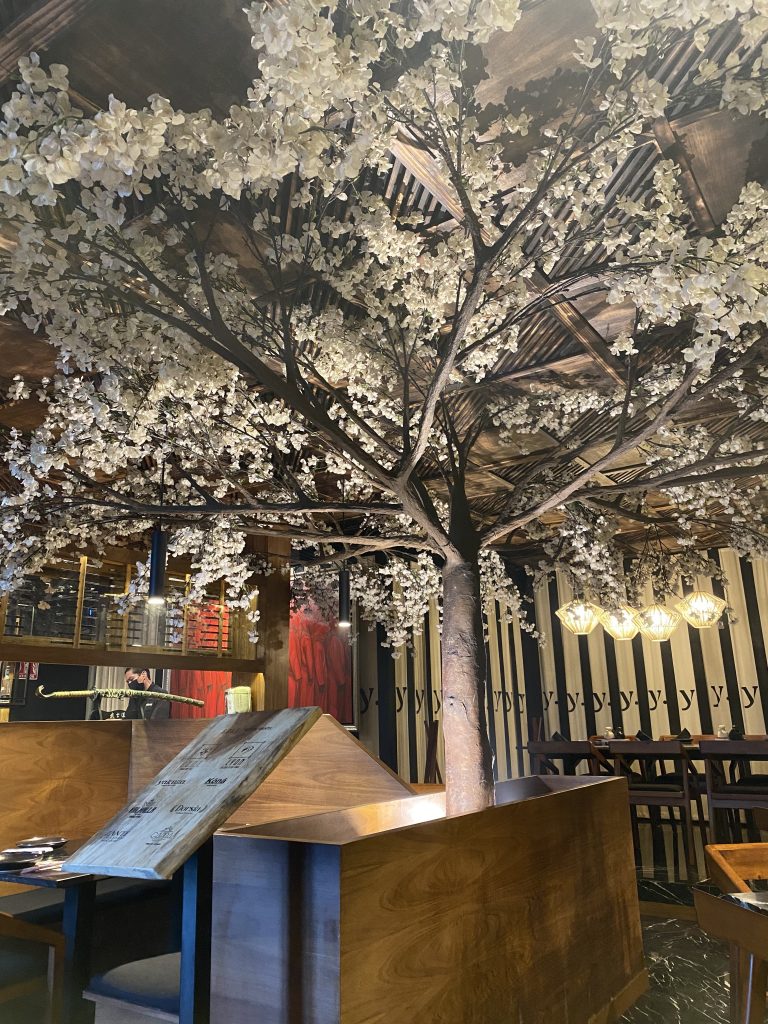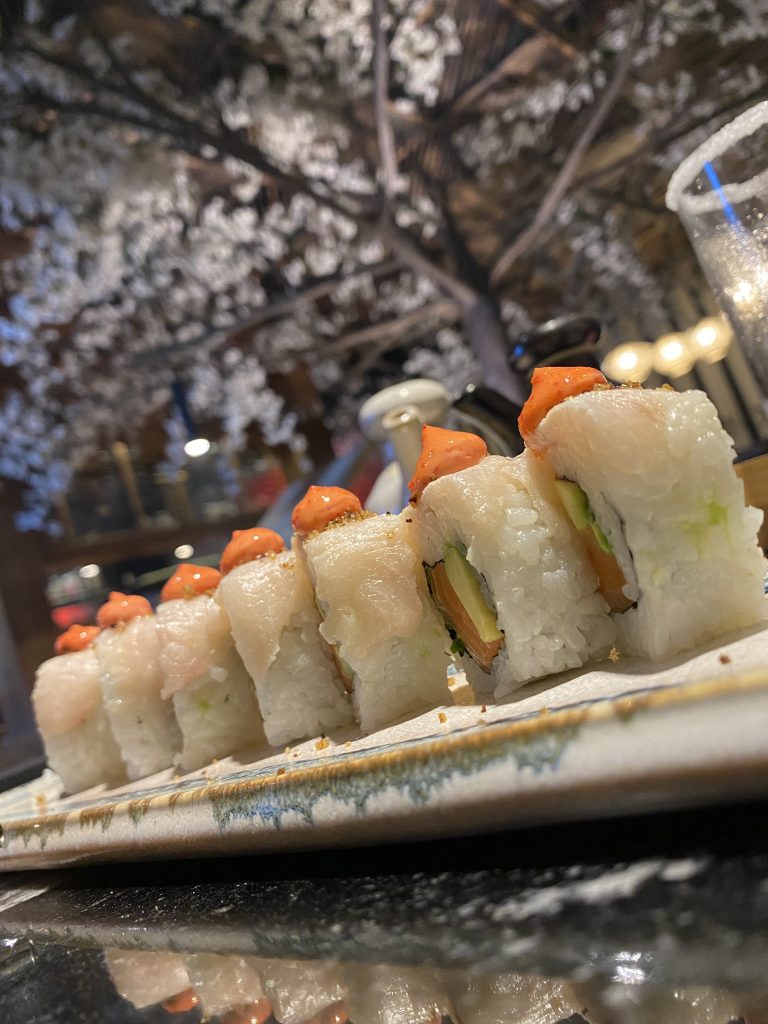Porfirios
The Casual Restaurant had a hankering for some meat in a place not too far from home and so gathered up the exceedingly understanding Better Half and headed for Merida’s favorite underwater parking destination: The Harbour.
In the Harbour, the Critic contracted valet parking at Porfirio’s and the hungry party of two was greeted by an attractive yet somewhat detached hostess who went through all the entrance protocols from gel and temperature to asking about food allergies and a few other things that have now escaped the Critic’s ancient addled brain.
The table designated for the two was facing a large, multi-inch flat-screen monitor showing music videos. Conversation was difficult as J-Lo, Britney, etc. accompanied the Critic and Better Half as they navigated the QR code menu on their smartphones. The music thumped as a server eventually popped by to ask if any libations were desired. The Critic asked for a whisky, a Makers Mark with some ice, but was informed by the somewhat uninterested server that this product did not exist among the impressive selection of bottles on display behind the massive bar.
“Entonces qué whisky tienen?” asked the Critic, using the singular so as not to complicate things but the server responded dryly with a very short list that could have been found at an OXXO. Buchanan’s and so on. So, to keep things simple, the Critic skipped the whisky and ordered cerveza.
Better Half ordered up some esquites, the corn in a cup so popular on street corners, topped with fresh cheese, lime, and lord knows what else, to which the waiter replied that this was not much food ie. “Is that all you’re ordering?” Better Half kept her composure and insisted that this was quite enough along with a melted cheese (queso fundido) and caramelized onion appetizer. There was also the guacamole studded with rib eye chunks ordered for the centro. The waiter impassively noted everything on his little note pad. Or was it an iPad?
The Critic, meanwhile, ordered up a rib eye. The waiter asked how it should be cooked and away he went.
By this time, the Critic was convinced that this was probably the least motivated waiter in Porfirio’s. One assumes that both the server and the restaurant would be interested in increasing the amount sold per table so the whisky vs cerveza was in detriment to the overall bill. Then, there was no offering of additional items to accompany the steak which is something that happens in all steakhouses from Pappa’s in Houston to Sonora Grill or 130 Grados in Merida. In general, the service was lackadaisical and indifferent on this occasion.
The meat was good, not exceptional. About a fifth of it was that hard gristle fat that one can but probably should not eat, and of course, when the steak arrived, our server asked the Critic to cut the steak – in the middle por favor – to ensure that the meat had been cooked correctly. Now this always pisses the Critic off, as it’s like the restaurant, the waiter, the chef or whoever wants to cover their ass in case there is a complaint from the diner about the meat. I understand that enough diners do complain and that warrants this policy but still, it feels very kindergarten.
In the service department, the Critic must add that several times during the evening an obviously trained individual that looked like a supervisor stopped by to make sure that everything was OK.
No desserts were had and the bill, for the afore-mentioned food and a 10 percent tip which was the bare minimum for the bare minimum service received, came to just under $1500 pesos.
Speaking of dessert, and since it’s the Harbour, the excellent coffee and gelato shop Amorino is just around the corner!
Amorino
With a hankering for something sweet and thoughts of chocolate and hazelnut gelato swirling in the Critics brain, he decided that this was a good dessert option. One doesn’t visit The Harbour every day, and less so when it rains, so one must take advantage.
Lo and behold the bored individuals informed the Critic that there were only 4-5 flavors available, all of them fruit sherbets ie the ones that probably don’t sell as much.
One might assume that this is a supply-chain issue or that Amorino is closing? Who knows, no one could say. A grand disappointment.
Overall, this Harbour experience was less than stellar and in the Critic’s opinion, Porfirio’s and Amorino can be struck from any list of places one must visit when in Merida.










